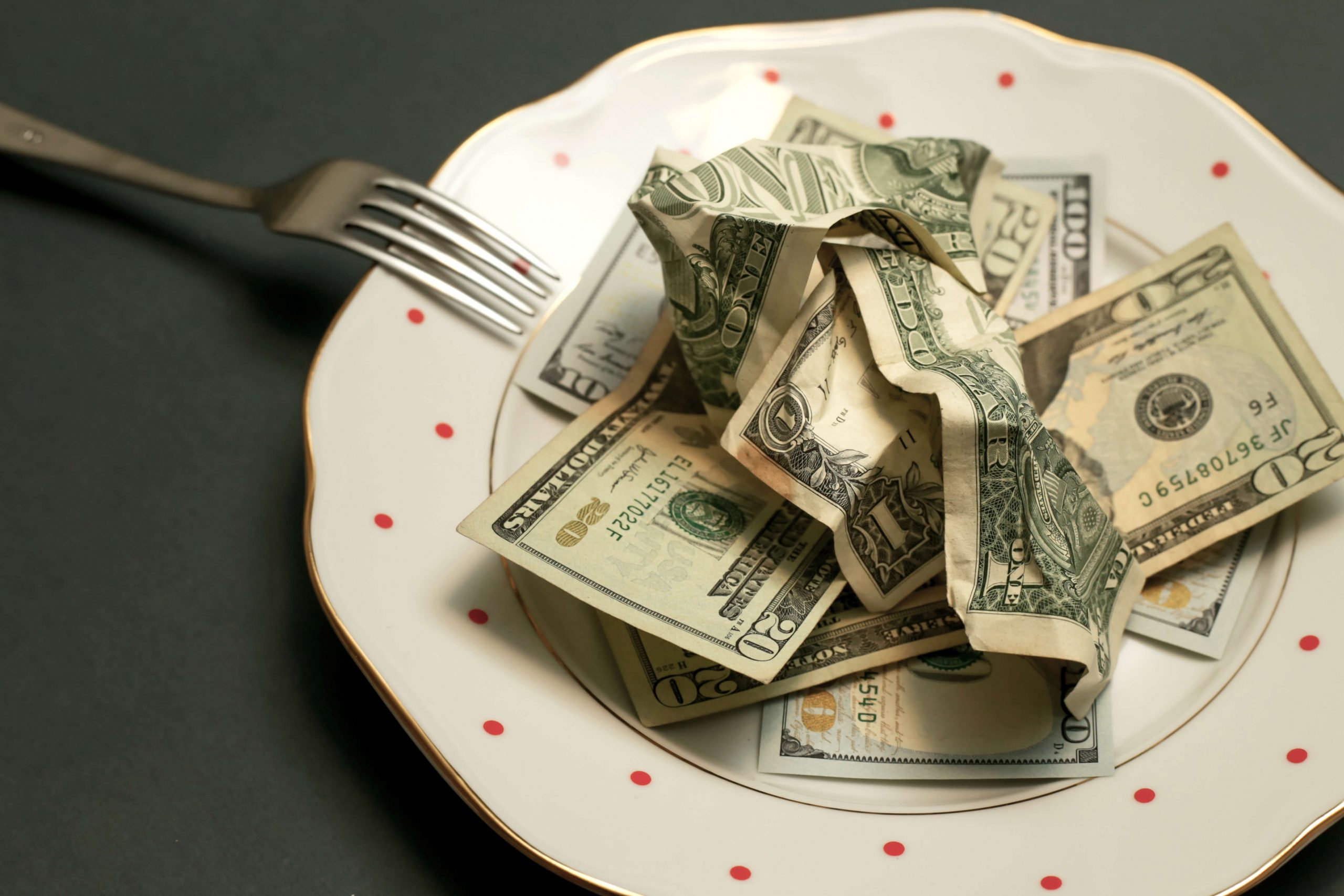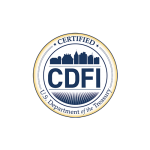
Americans are experiencing the highest annual increase in food prices in forty years. In March prices rose 8.8% year over year and costs are expected to go higher. Bank of America analysts recently released a statement that they expect U.S. food inflation to hit 9% by the end of 2022. For those who were already struggling, the steep rise in prices is forcing even harder choices about what, when, and how often they eat. It may be time to start thinking about budgeting for groceries.
This inflation will affect families across the economic spectrum but will hit low and fixed-income people the most. If raising prices are creating uncertainty and overwhelming for you, here are some steps that might help you cope.
Start by thinking holistically about your food budget. This means; shopping smarter, a better approach to food prep and storage, and reducing waste. By taking a smarter approach to managing your overall food costs, you may be able to offset the increase in prices.
Step 1 – Cut Back On Restaurants and Carry Outs
If you dine out or stop at fast-food restaurants regularly, you are not alone. Americans have been forsaking the kitchen for the local chain restaurant with increasing regularity. Many Americans spend more at restaurants than grocery stores.
The average household spends $198 monthly or $2,375 annually on food prepared away from home. This total includes restaurant dining and takeout expenses. On average, a meal away from home costs 3-4 times more than a meal prepared at home.
If you want to cut back on your overall food budget, consider simply cutting back on the number of times you eat out each month. Perhaps you are eating out four times a month, aim for bringing that number down to two. You will be more successful if you gradually adjust your habits, allowing for special occasions and for days that it’s just impossible to cook.
This may not come easy. For many eating out is a habit that will be hard to break. However, if you’re struggling with your budget, it may be helpful to take a step back and remind yourself that change can be a good thing.
Step 2 – Reduce Waste
We’re all guilty of wasting food and buying food we don’t end up using. We make too much food and throw away the leftovers. Here’s an uncomfortable truth, nearly one-third of all available food in the United States goes to waste.
If you are serious about wanting to keep your food budget under control reducing waste is another change you’ll need to make. Take an honest inventory of what is in your pantry, freezer, and refrigerator and ask yourself, “Am I wasting food?” Do you have any spoiled food containers in the back of your fridge or do you need to throw out any “frozen burnt” packages of food?
Take inventory of the foods that you currently have on hand and plan meals using those ingredients. Being mindful of how you use food will help you reduce waste and help to develop a more creative approach to food preparation.
You could also try making a food log. This can be as simple as a list that you store on your phone or computer. Or simply take a picture of your pantry, refrigerator, and freezer once a week. This will keep what is currently available top of mind and prompt ideas on meals you can make from things you have on hand. Also, make a weekly menu plan. By planning out what you will eat on a weekly basis you will be able to control your purchases more effectively.
Take a tip from the food service industry and consider using cross-utilization of inventory. Using this strategy, you can save money by using a small number of ingredients in different ways. For instance, you can use spinach in a salad, an omelet, a sandwich, or in soup.
Step 3 – Think Bulk
Buying bulk groceries and preparing bulk meals can result in huge savings in the long run. However, it requires more planning and a more disciplined approach. The rewards of this route are many. First, it results in fewer meals to plan and prepare. Over the course of one week or one month, you will actually spend less time cooking and you will definitely save more money.
This approach will require some upfront investment in good quality storage containers, initial food outlays, and perhaps a freezer. However, it will pay for itself in short order. You will feel satisfied because you are in more control of both the quality of your food and your food expenditures.
Begin by buying your groceries in bulk. You will be cooking in larger batches and freezing the meals in individual-sized containers. Meal preppers tend to do their cooking on Sundays when they have more free time. If you need a little inspiration, check out the awesome meal prep ideas on Pinterest.
As a note of encouragement, the average meal at home costs $3-$4. Bulk meal prep can shave an additional 25-50 percent off of your per-meal costs.
Step 4 – Skip the Convenience Foods
We all love convenience, however, buying pre-packaged convenience foods comes with a high price for your food budget. Although there are some benefits to convenience foods, there are also some real downsides.
Convenience food tends to be rather unhealthy. They often contain high amounts of salt and saturated fats, which can be harmful to your health. They also often contain significant amounts of preservatives and flavor enhancers. While preservatives might be quite useful in terms of the shelf-life of a product, they are considered to be unhealthy.
Additionally, convenience foods can result in excessive amounts of unnecessary waste. They are often packaged in plastic or aluminum. This packaging will be disposed of in the garbage after you finished your meal. It’s a waste of natural resources and money.
Most importantly convenience foods are expensive. Producers of convenience dishes charge higher prices because they know that many people will still buy these products anyway. Be smart and forgo the convenience foods altogether. Depending on your food habits this could be your biggest area of saving.
Summary
You can reduce your overall food budget by making some changes in your behavior. You can decide to cut back on the number of times you eat out every month and eliminate expensive convenience foods.
Just like anything else, over-spending on food is the result of a habit. Thinking you need more food than you actually do and throwing away the leftovers is a habit. Habits develop through repetition and positive feedback, which is also how habits are undone and eventually re-written. If you’re wary about the prospect of breaking your food waste habit, just remember that you trained yourself to behave that way. You are just as capable of training yourself to behave differently.
Take your time. Be patient with yourself. Celebrate the little wins and remember the big picture.






